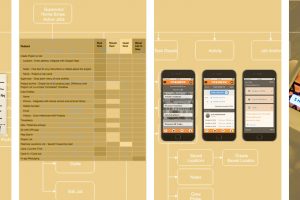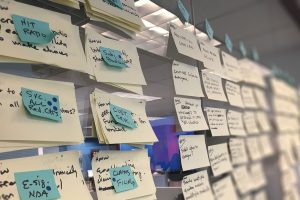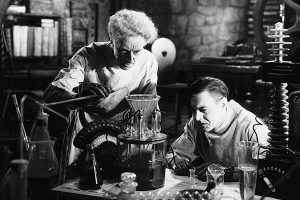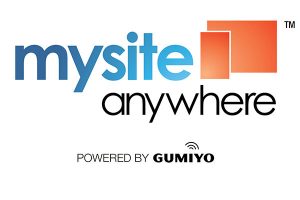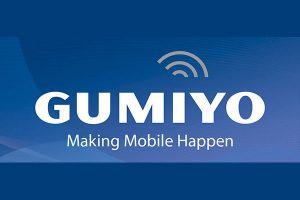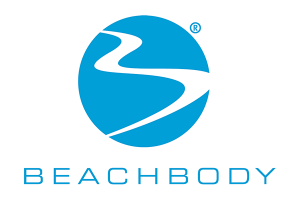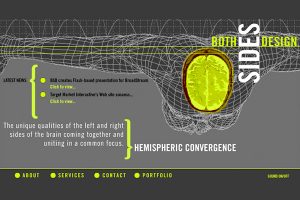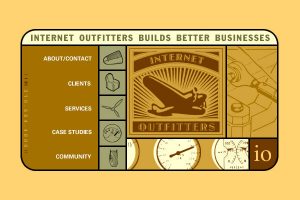I compare my role as a User Experience (UX) Designer with that of the architect: I think about the (digital) environment we will create, the people who will think, move and behave within that environment, and the way in which the environmental structure will be built. With that, there is a process to guide this effort.
In this post, I’m going to discuss how I conduct Stakeholder Interviews as part of a larger UX research effort. The techniques I use are fairly tried-and-true, and one can certainly develop a similar recipe by cobbling together tools easily accessible through a few Google searches. I’m going to use a current client, NAS Insurance, as my case study.
In August, I was featured as the Preccelerator “mentor-of-the-month,” and one of the questions they asked me was, “What one piece of advice would you give to an early stage startup regarding your area of expertise?” I didn’t read the instructions very carefully, and I came up with more than one nugget of truth that I’ve personally experienced. In fact, I decided to create two lists: one from my start-up experience, and one from my UX experience.
After the acquisition of Gumiyo, the company I co-founded in 2006, I took some time off to play my guitar, build a fence in my backyard, and figure out my next move. At the time, I had no idea what that would be. The acquisition was at once mind-numbing and intense, and I was vibrating from the experience for weeks afterward.
In 2012, we developed a beta version of a do-it-yourself responsive website publishing tool that I named MySiteAnywhere. Much of what we’d been doing at Gumiyo was an adaptive approach to mobile. In other words, we dynamically generating separate web pages for mobile devices rather than creating pages that responded to the device using CSS—responsive web design.
By the end of 2006 I was ready to try the entrepreneur route again. Carl, Beachbody’s CEO, was understandably annoyed that I was going to leave to start my own company but as an entrepreneur who left Guthy-Renker to do his start-up, I think he understood. In that year, mobile was really starting to make a lot of noise, and the proliferation of text messaging and WAP (the early mobile Web) was resulting in a frenzy of start-up creation not unlike the boom of the 90’s. I wanted to be a part of it.
Working at Beachbody was one of the most valuable jobs of my career where I really learned online marketing and ecommerce in Los Angeles. The company was growing like crazy and I had a front-row seat. As mentioned previously, I had effectively been with the company since its inception, and I was now getting the ultimate education in direct response marketing and applying that to the Internet. In fact, my team had to invent things.
Internet Outfitters grew. By 1999 we were acquired, and my generous boss had provided me with a great new career and vested stock options. I had created a comprehensive portfolio of Web design work that got me accepted into the CalArts MFA in Graphic Design program. However, I became a bit reticent to spend another three years in school disconnected from the explosive energy of the growing Internet, and I decided to give freelancing from my garage a try. Both Sides Design was born.
I began my online career in 1995 as the first employee for a little start-up Web shop located on the beach in Santa Monica. Now, when I say on the beach, I literally mean on the beach because my prospective long-haired boss, Chris Paine, interviewed me while we sat on a sand berm just north of the Santa Monica pier. The office, affectionately known as the Sandy Beach House, sat between PCH and the boardwalk, and our windows looked directly upon the rollerbladers, joggers, and bicyclists cruising by.



